RFID ID card
New World, with more than 25 years of experience in providing all kinds of printing services, including the production and printing of all types of identification cards and wristbands, contact our experts to purchase or inquire about prices.
RFID Identification Card
RFID cards are the master keys of the modern world, extending beyond smart locks and hotel cards. These small cards use radio waves to unlock a world of possibilities.
What’s the magic behind these cards?
A tiny chipset: The beating heart of these cards is a small chipset that stores information. A magical antenna: Radio waves serve as the interface between this chipset and the outside world.
Three types of RFID cards:
- Low frequency: For close-range applications, such as door locks
- High frequency: For tracking goods in stores
- Ultra-high frequency: For tracking animals and vehicles
How do these cards work?
Tags: Each card’s information is stored in its tag. Reader: The reader device sends radio waves to the tag and receives its information. Unique identification: Each tag has its unique identifier.
Applications beyond locks and hotel cards:
- Credit and bank cards: Easy and secure payments
- Access control: Entry and exit to specific areas
- Inventory management: Tracking goods in warehouses
- Animals: Tracking lost or wild animals
- Vehicles: Toll and parking management
High security:
- Encrypted information: Tag data is encrypted.
- Counterfeiting and duplication: Extremely difficult.
RFID cards: The key to the future:
These cards, with their growing range of applications, will play a crucial role in the future world.
This identification card is used in various industries and operates on radio frequency technology with an antenna for reading and a chip for storing information. RFID cards are contactless and can be read remotely. RFID cards are used for attendance tracking in schools, colleges, and offices.
The difference between RFID and MIFARE cards is that MIFARE cards have more memory and are widely used in hotels and credit cards, but both are contactless cards.





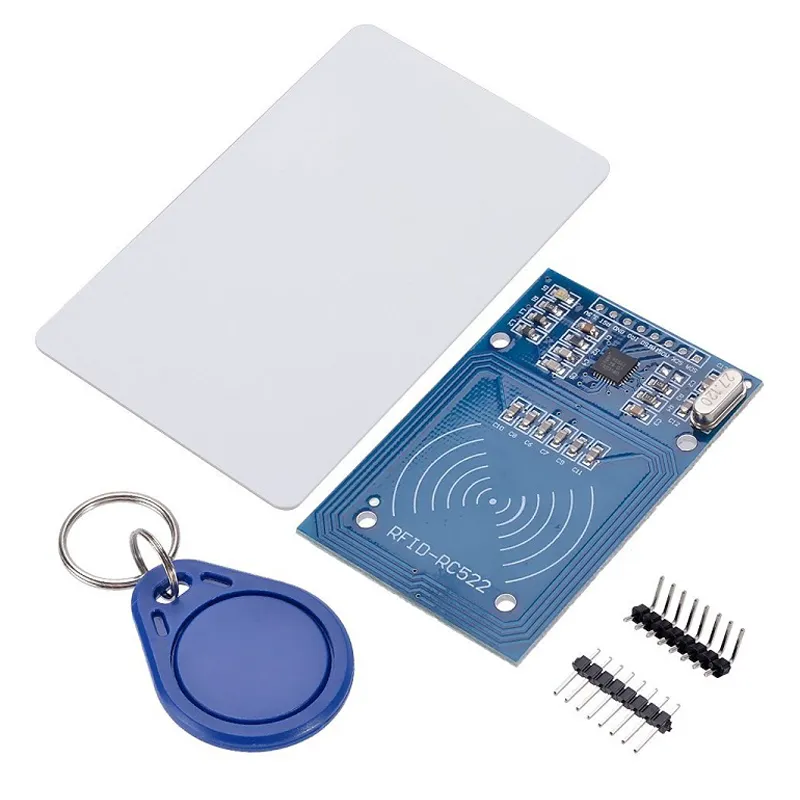

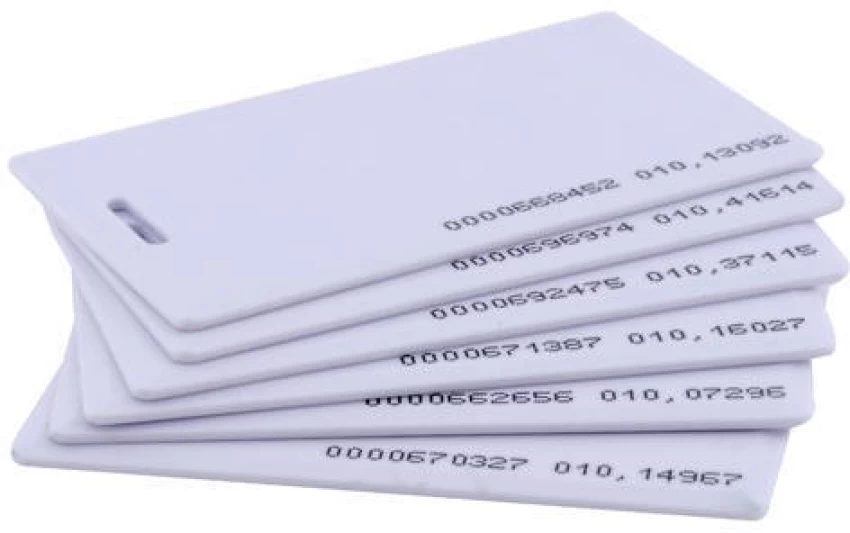
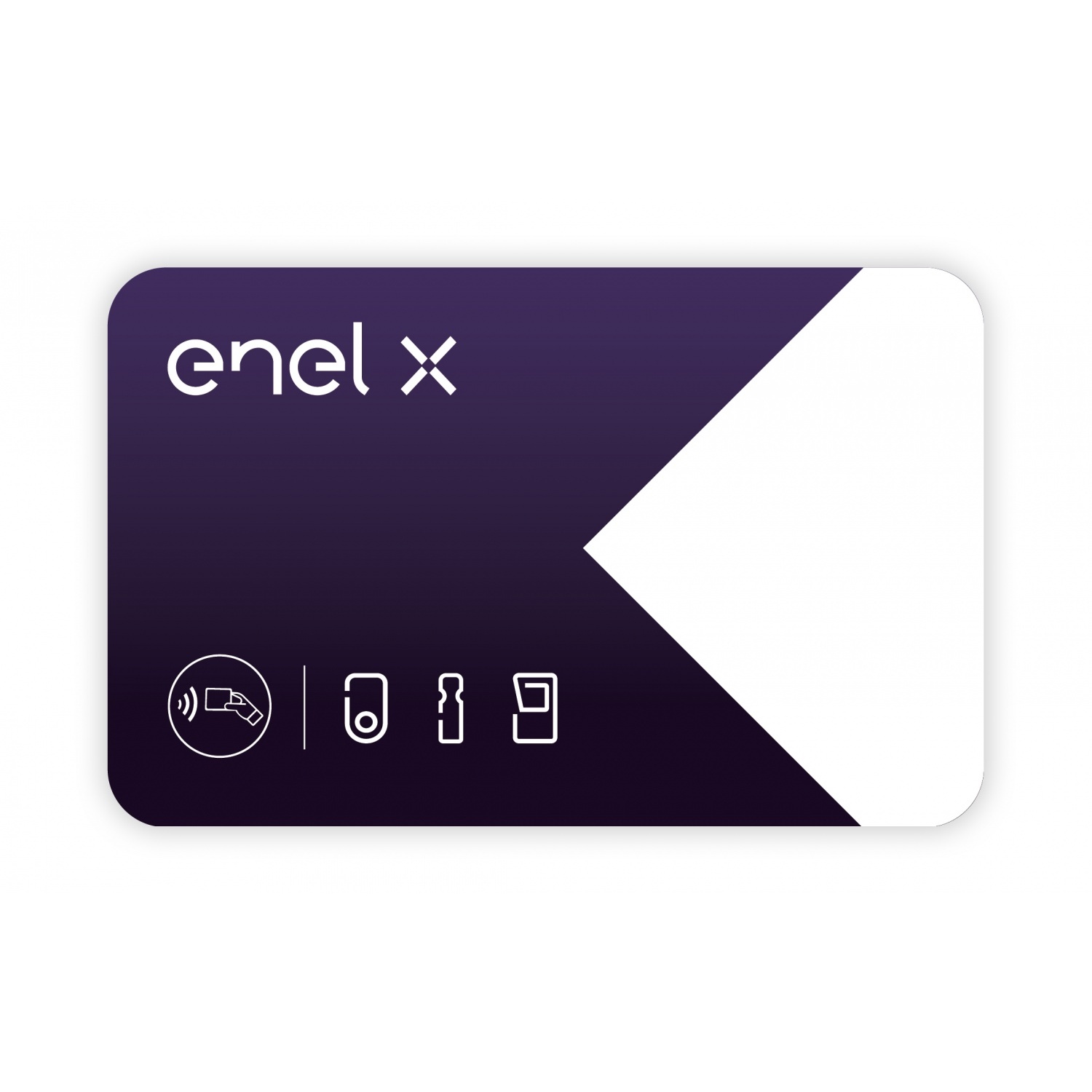

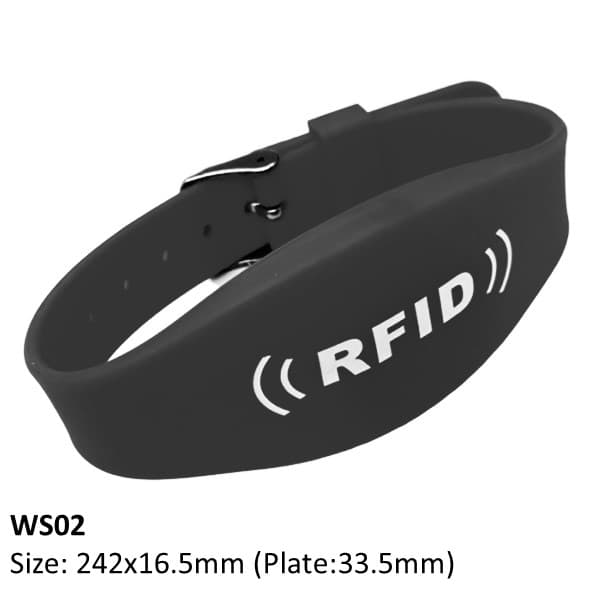



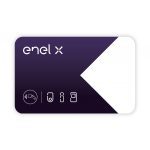
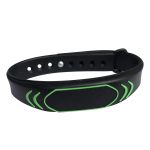



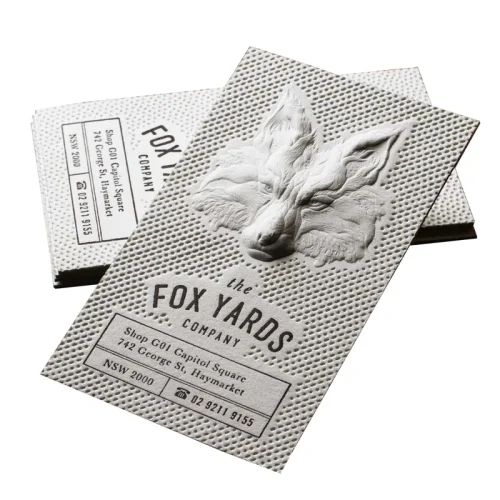
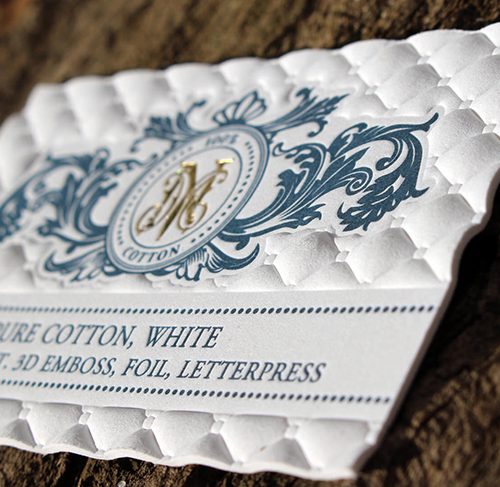
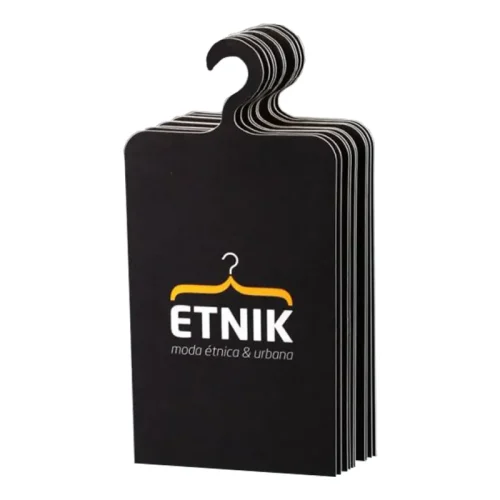

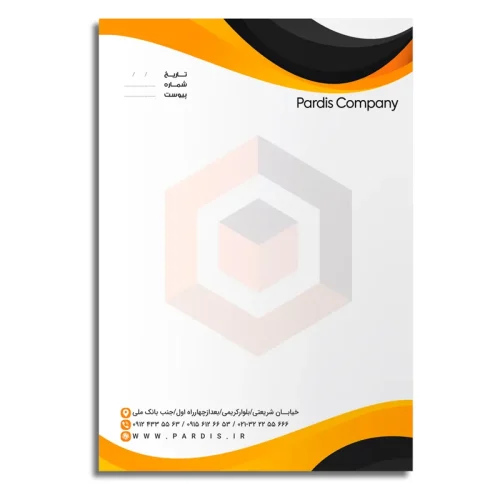
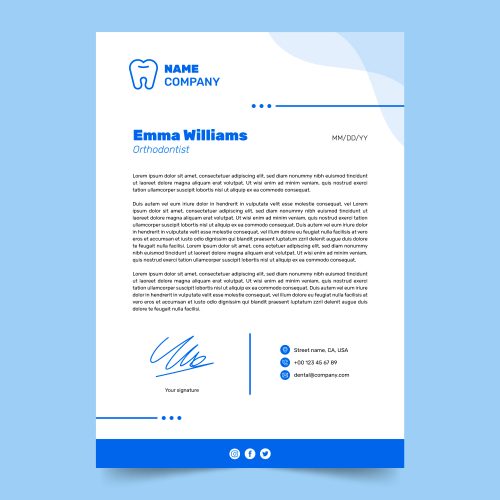


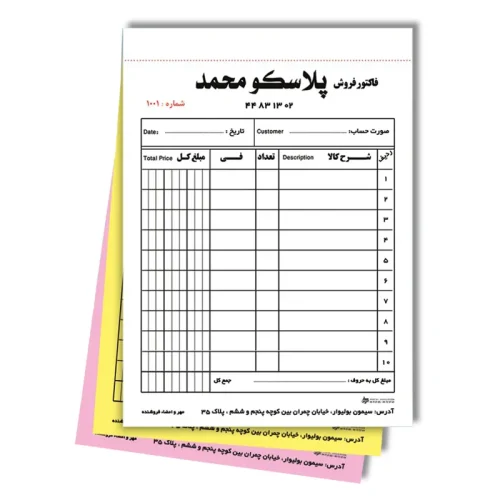
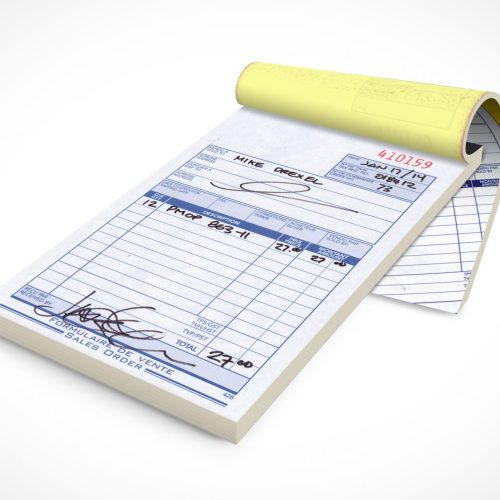
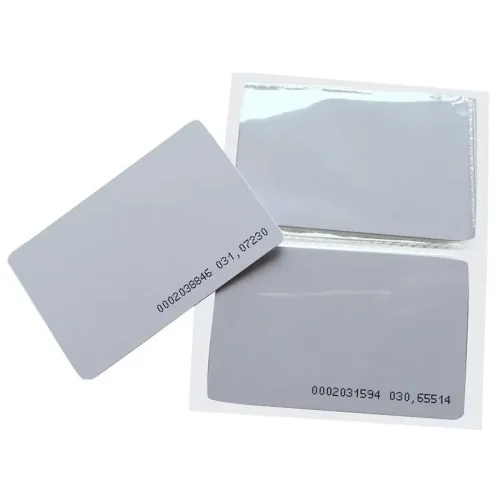
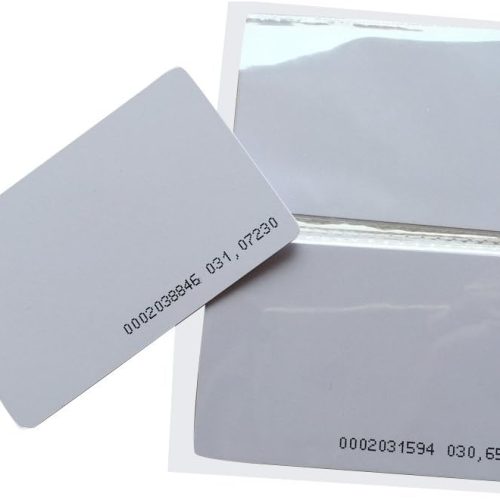
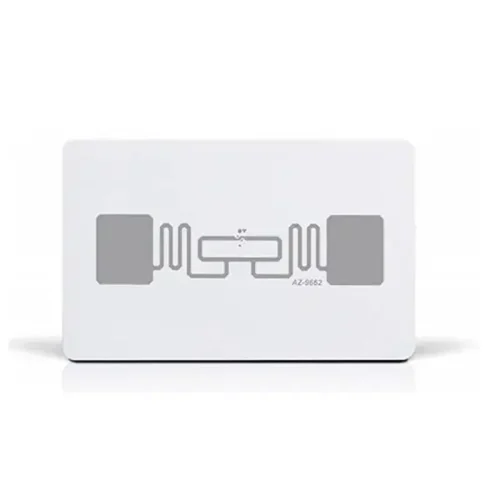
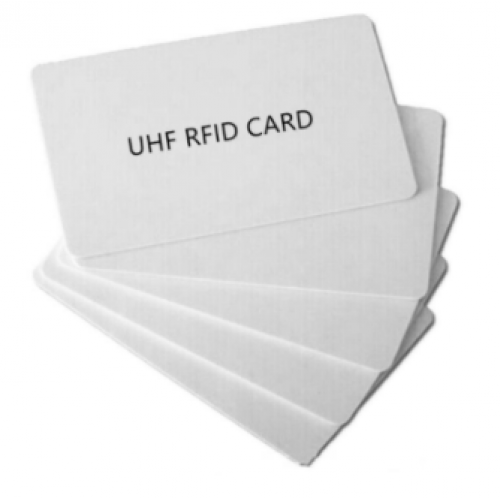
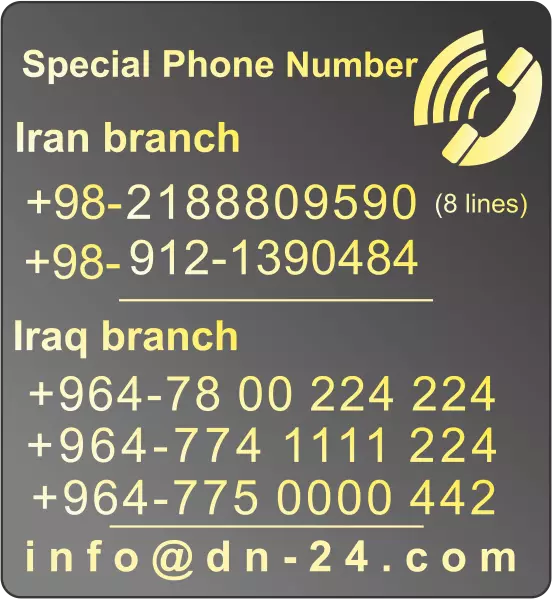

Reviews
There are no reviews yet.